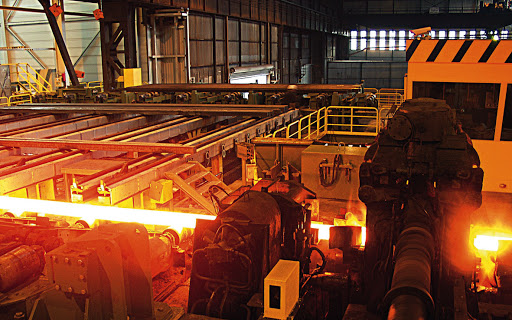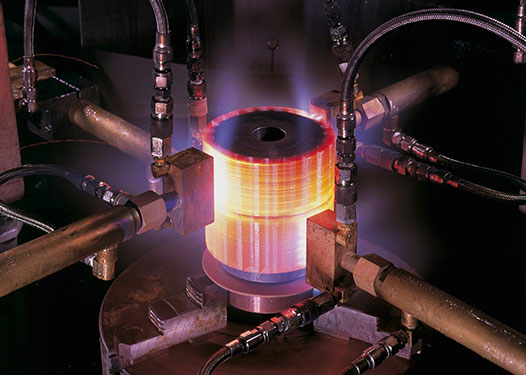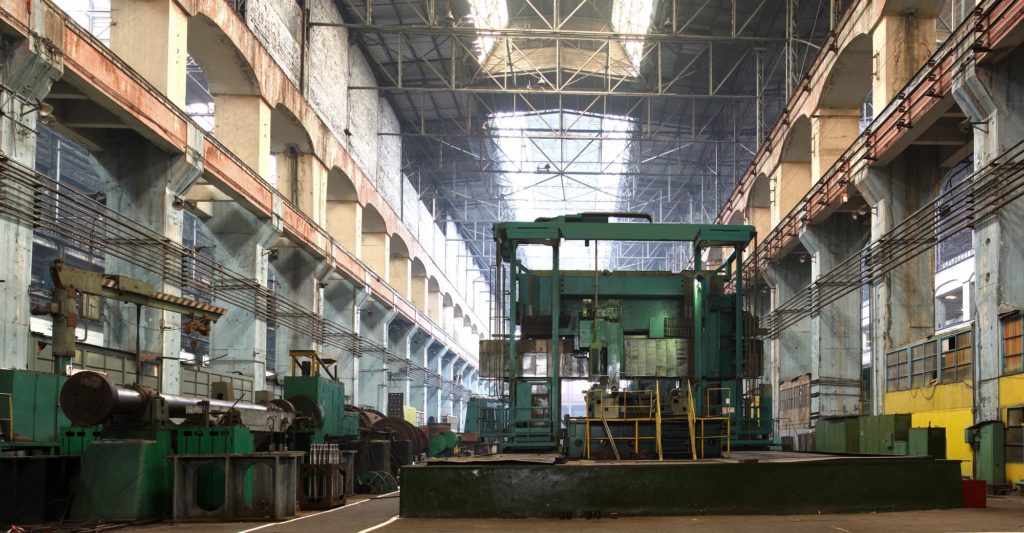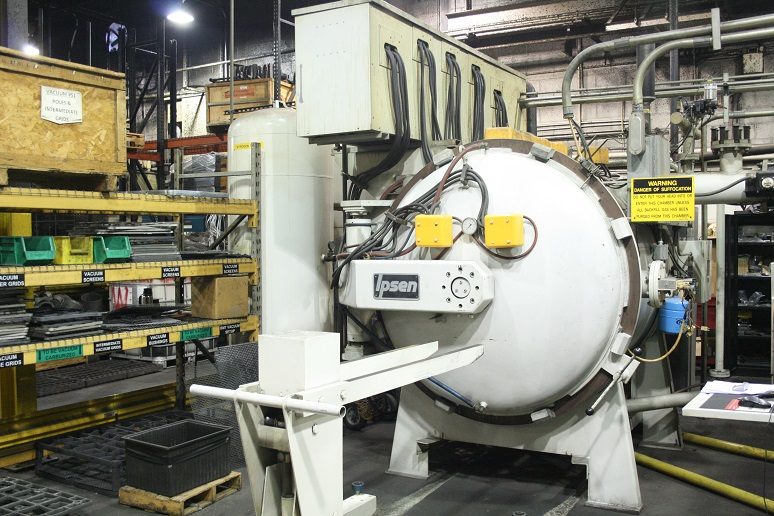When you need a ductile, tough product for your industrial application, consider the normalizing heat treatment process. Explore the steps to create normalizing steel at our leading facility at Specialty Steel Treating to see how you can benefit from this process.
What Is Normalizing?
While there are many heat treatment services to increase toughness and ductility, the normalizing process is an efficient and effective solution for many applications. During the normalizing steel process the microstructure is homogenized in your chosen alloy.
The result is a complete removal of microscopic-level non-uniformities and segregation. It creates durable metal that’s ideal for forming and machining. Here are some of the industries that use normalized steel in hot-rolling and other manufacturing processes:
- Automotive
- Aerospace
- Energy
- Agriculture
- Heavy equipment
Work with a leading heat treatment specialist to learn more about normalizing steel for your industry. Because of the range of heat treatment processes available, you should carefully consider each one and work with a leader in the heat processing industry before selecting the optimal process for your machining, welding or hot rolling application.
There are many different materials that can be normalized. While the target attributes are similar regardless of the material chosen, the furnace temperature and cooling time can vary. Here are suitable materials we offer to consider as you explore normalizing for your industry:
- Tool, stainless or carbon steel
- Iron alloys
- Copper
- Brass
- Nickel alloys
This heat treatment can be combined with many manufacturing processes. Whether performed before or after the normalizing process, these metals can be hot-rolled, stamped or otherwise manufactured to create custom components for your industrial use. Use normalizing to remove banded grain structures after hot rolling or forging.
The Process of Normalizing Steel
At Specialty Steel Treating, we offer normalizing steel services using our state-of-the-art equipment and highly trained technicians. We heat materials in a furnace between 750 and 980 degrees Celsius. This range accounts for the carbon content range in your chosen metal. The normalizing process occurs in three distinct stages: recovery, recrystallization and grain growth.
Recovery Stage
The high heat of the furnace is enough to reduce internal stress in the material, but not enough to melt the metal. Every component is heated at the precise stage above its recrystallization temperature, but under its melting point.
The high initial temperature of normalizing matches the similar process in annealing. This is part of what makes the two heat treatment processes so similar. The major difference between the two doesn’t appear until the cooling phase. At this stage, the temperature differences have to do with the material chosen, not the differences between annealing and normalizing.
Recrystallization Stage
Once your component exceeds the recrystallization temperature, it enters this stage. New grains are created without preexisting stresses. This is a critical stage in the process that helps prevent unexpected failure of components due to hidden internal stresses.
Grain Growth Stage
Finally, the cooling process is performed outside of a furnace. This is the critical distinction between normalizing and annealing, because the cooling phase isn’t strictly controlled and slowed in a furnace.
By immediately coming in contact with room-temperature air, the normalizing cooling process creates a higher cooling rate than the annealing process. This allows finer and more closely spaced lamellae and increased pearlite formation. The result is higher levels of hardness and strength, while slightly lower levels of ductility compared to annealing.
Normalizing steel creates a pearlitic structure that’s uniform, but the grain-boundary carbides or ferrite grains vary depending on the metal chosen and its natural carbon content. Choose this process if you need a refined grain structure and a machinable product for your manufacturing goals.






